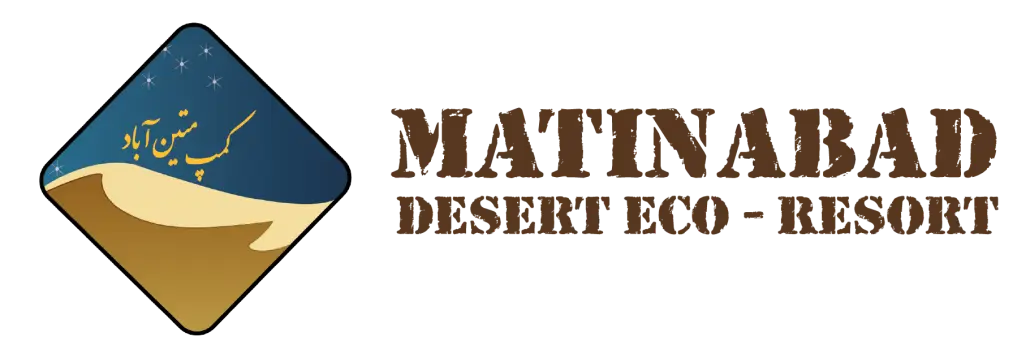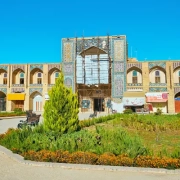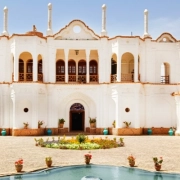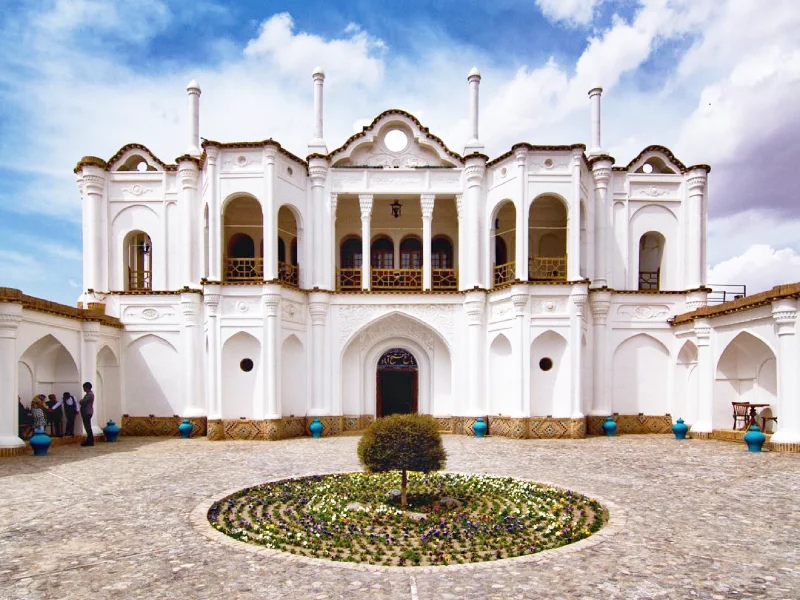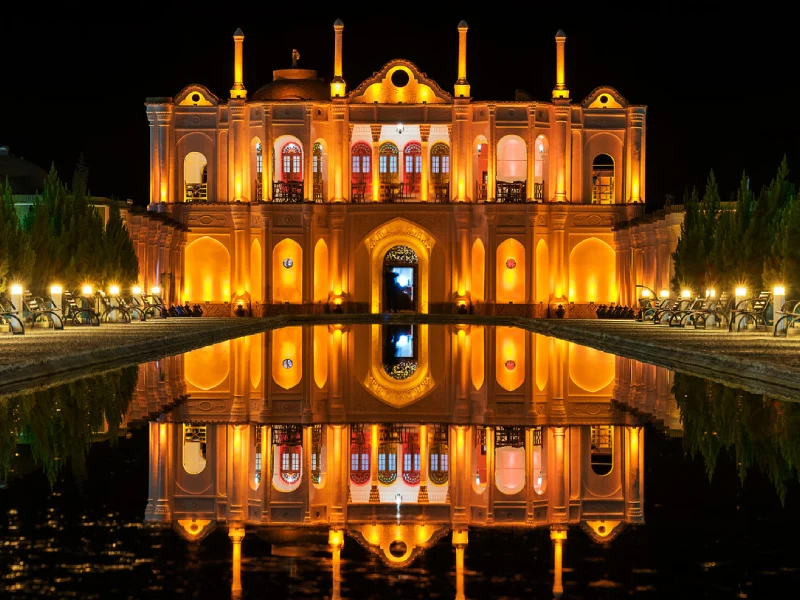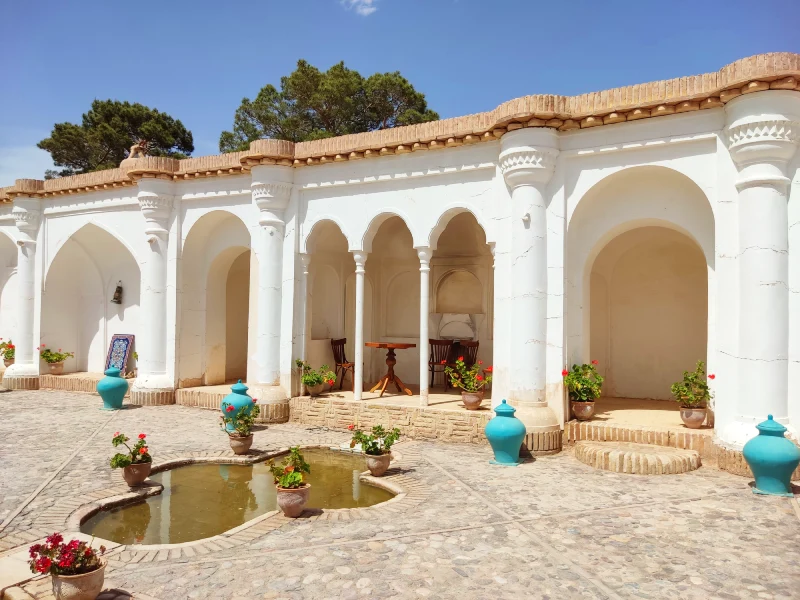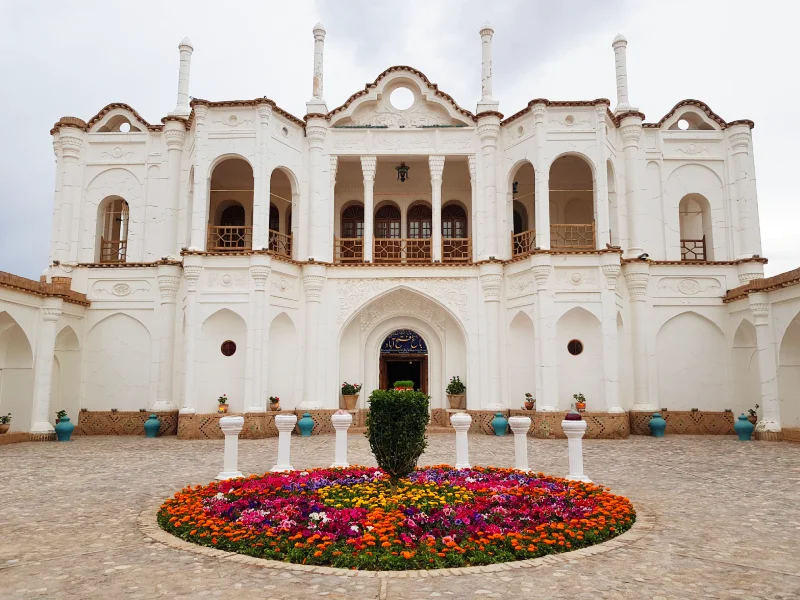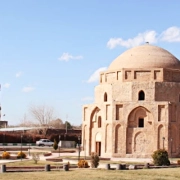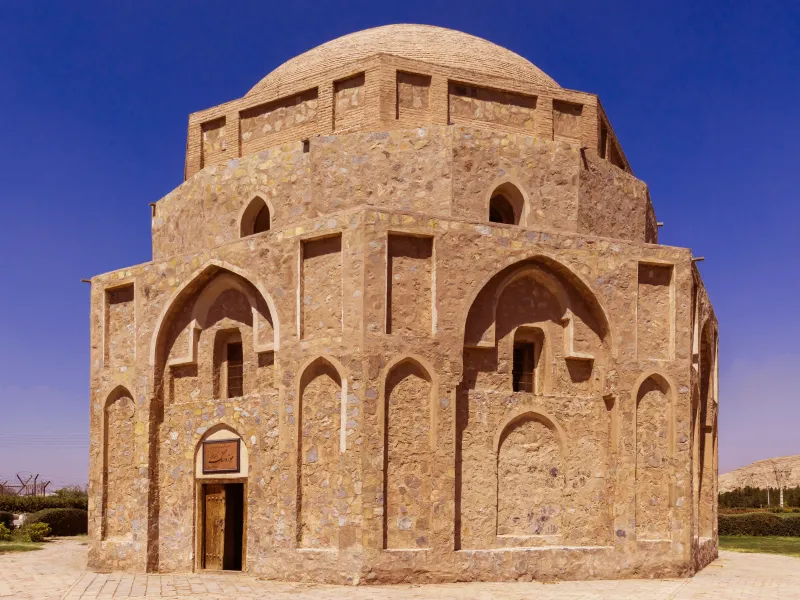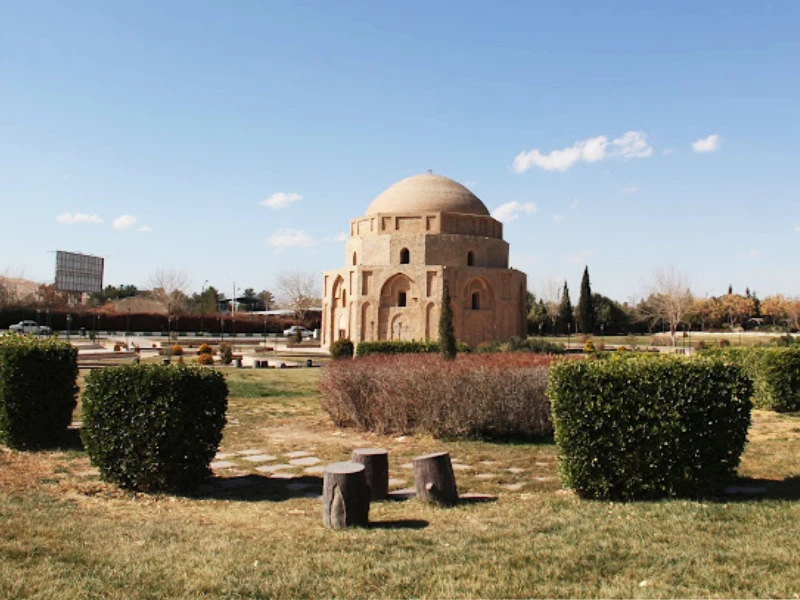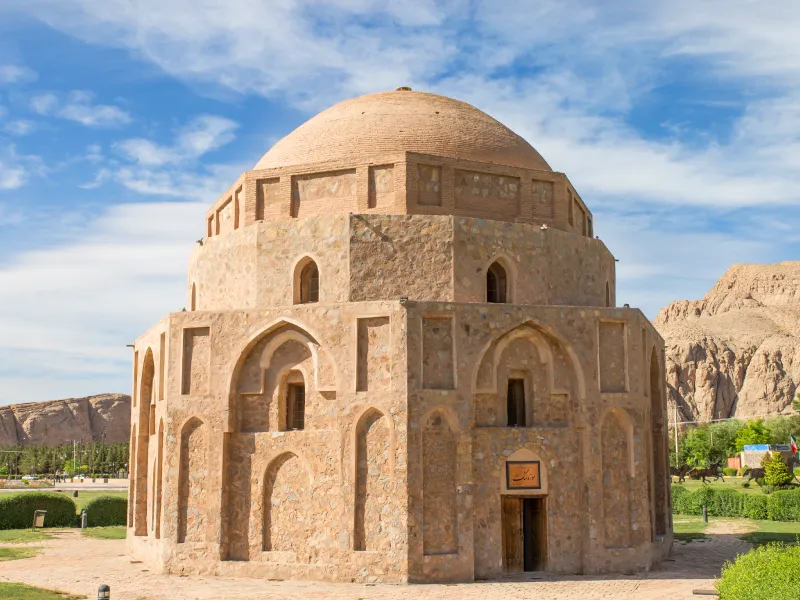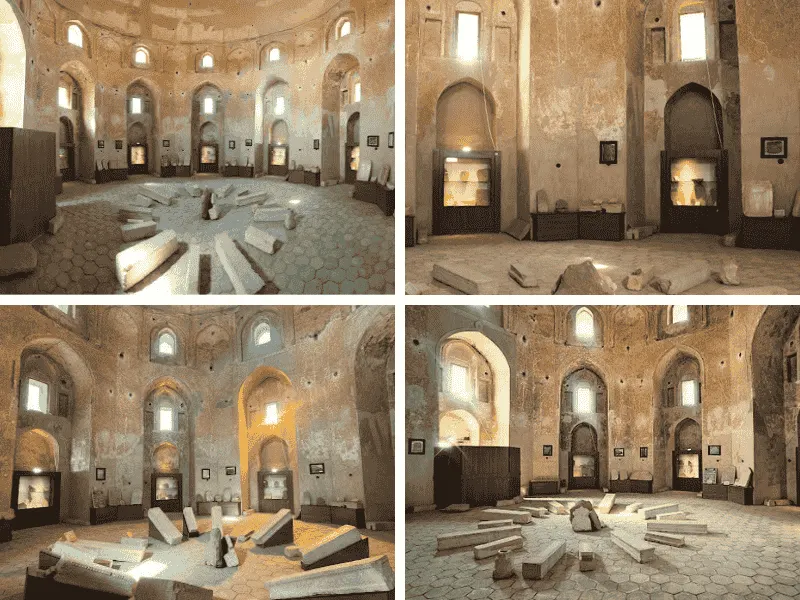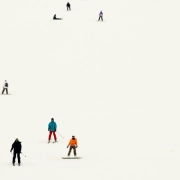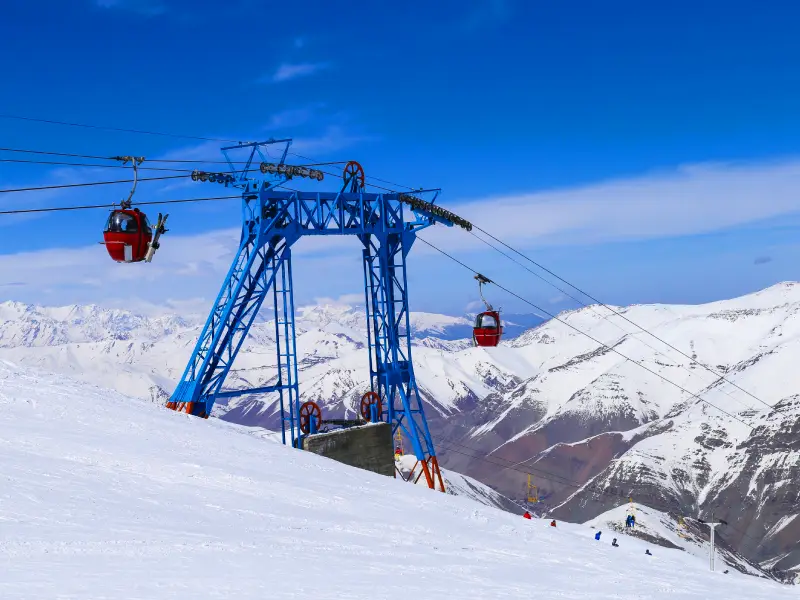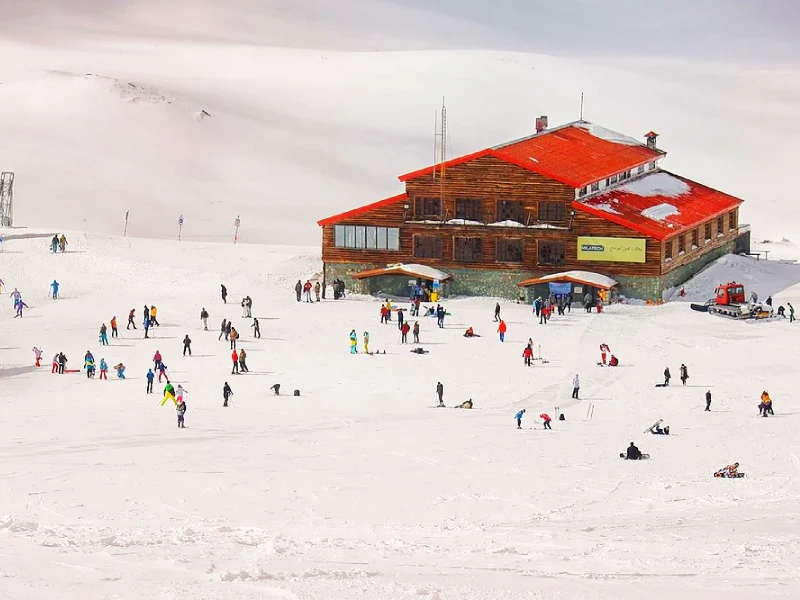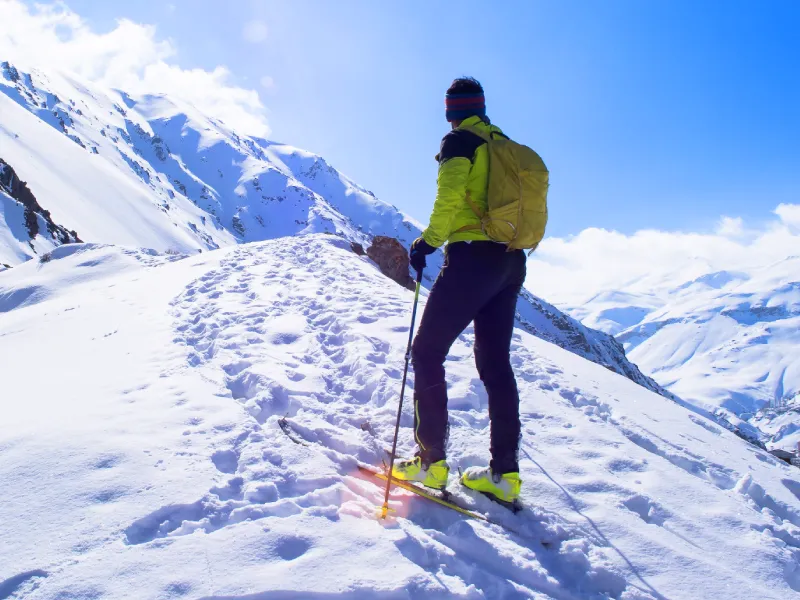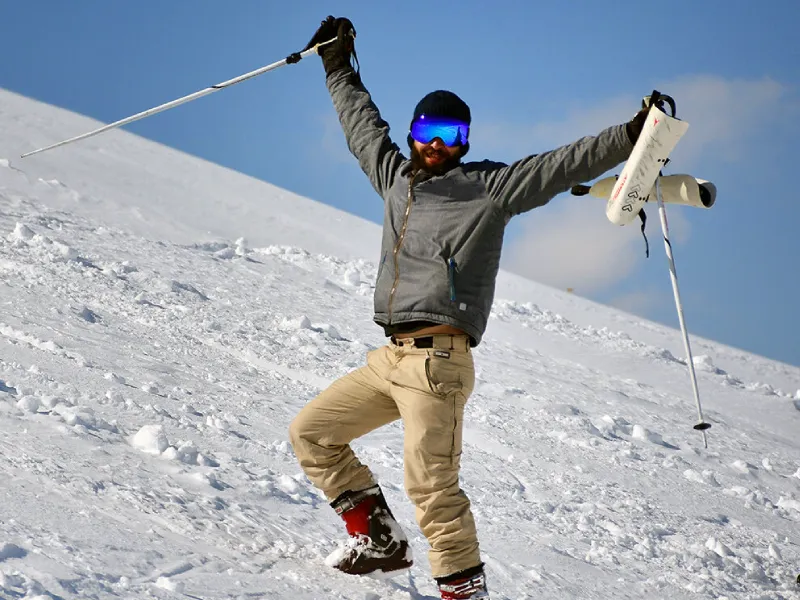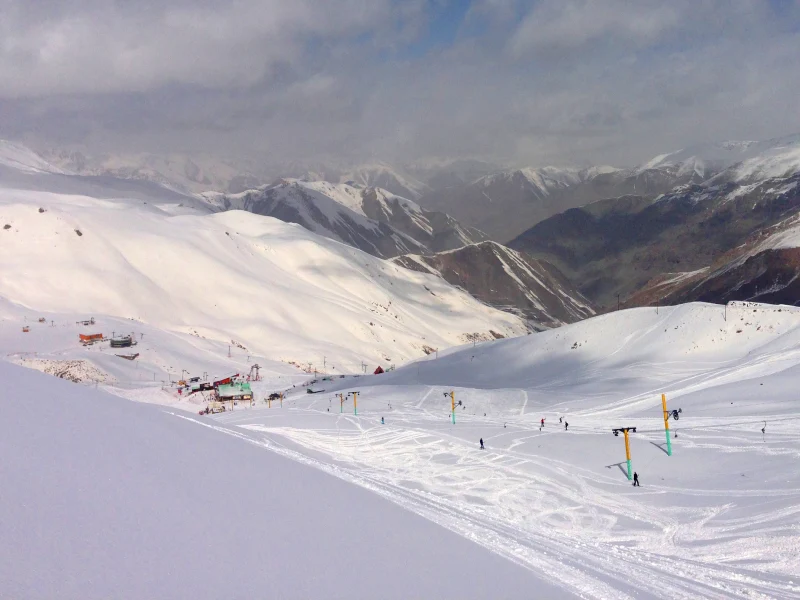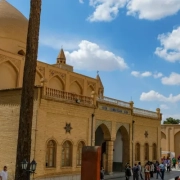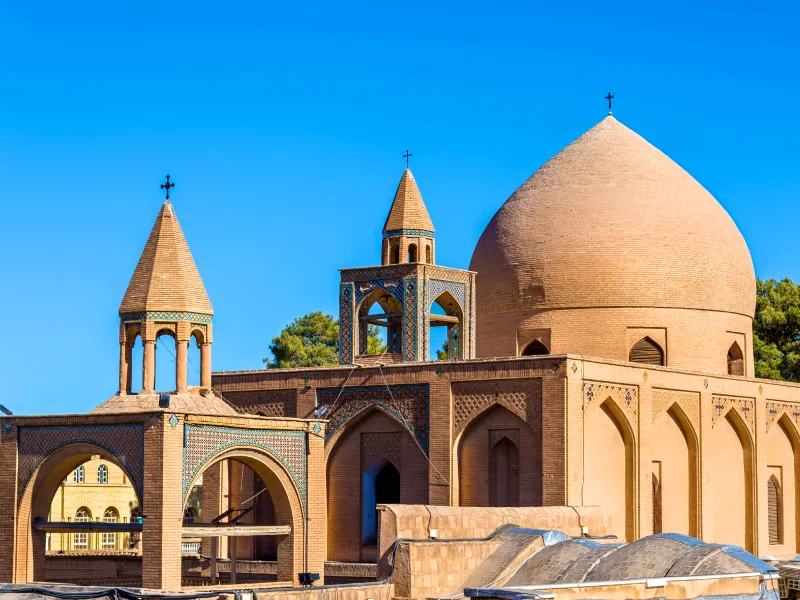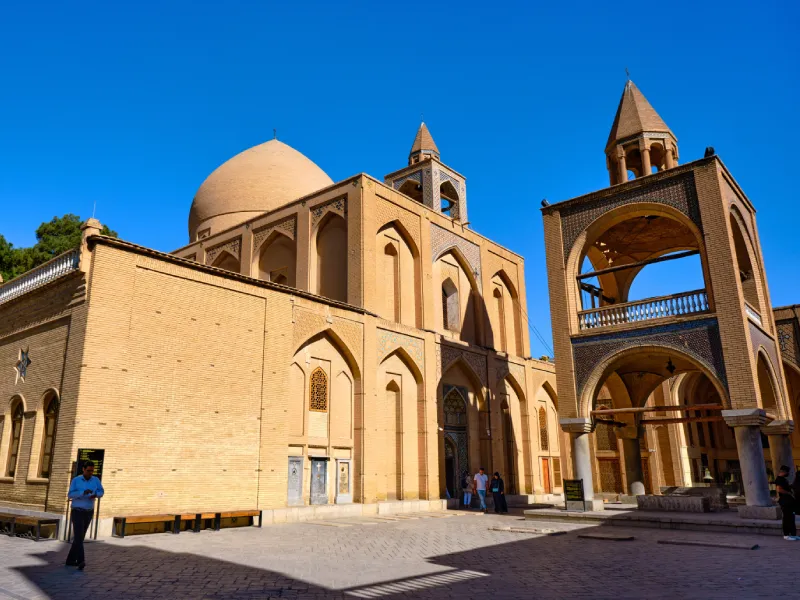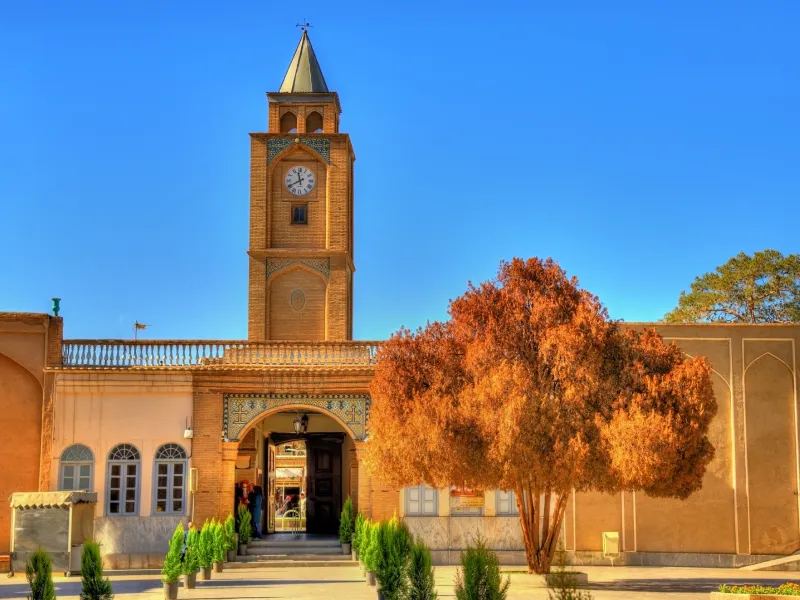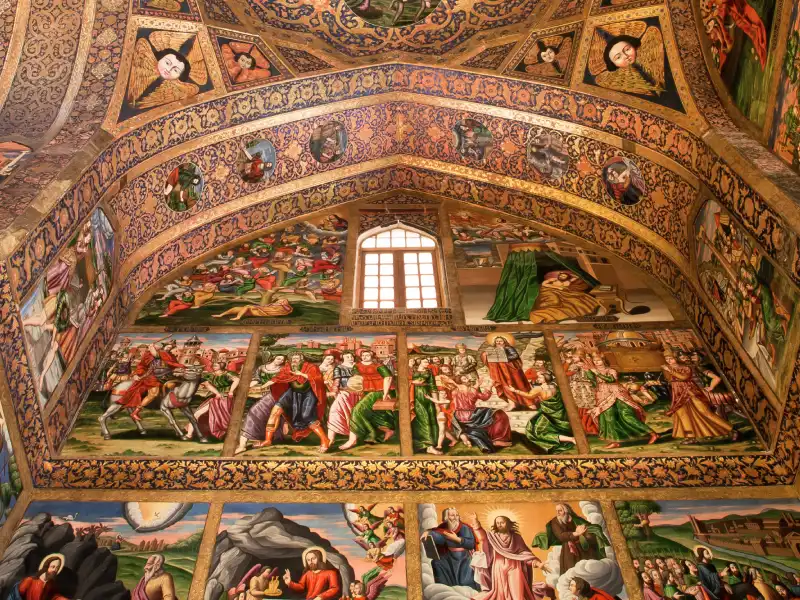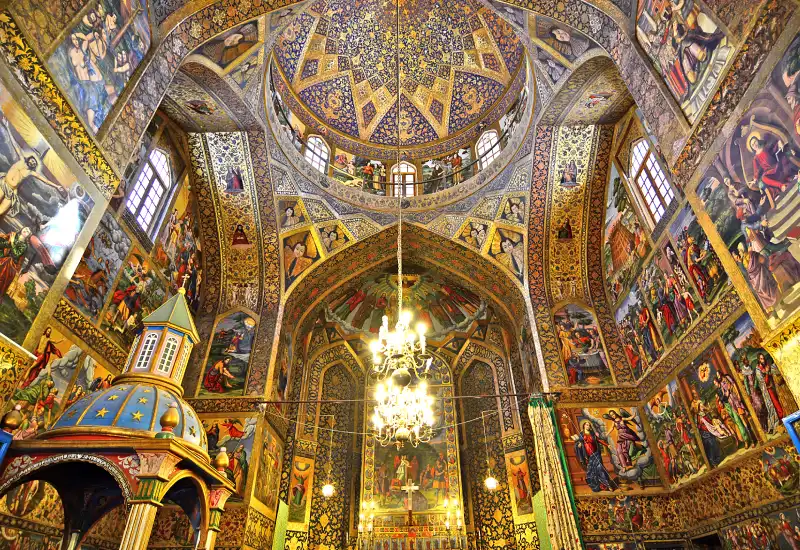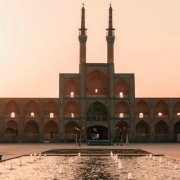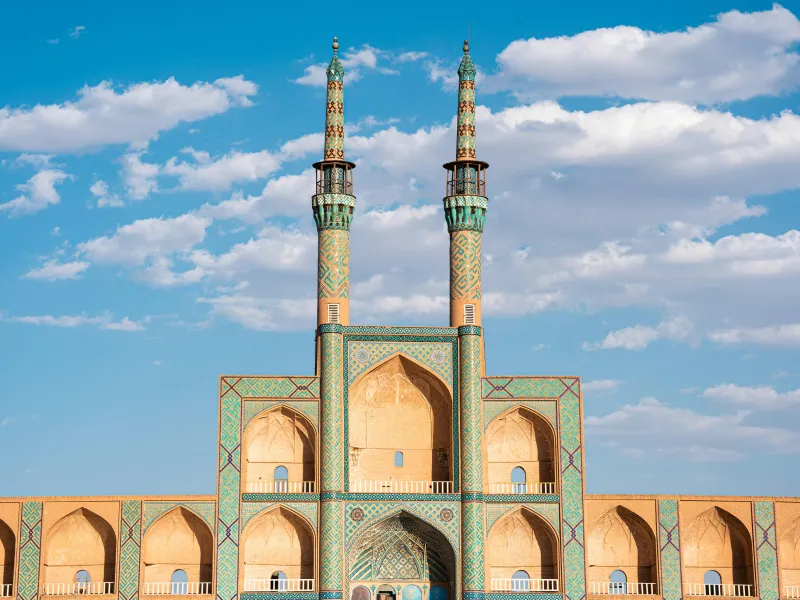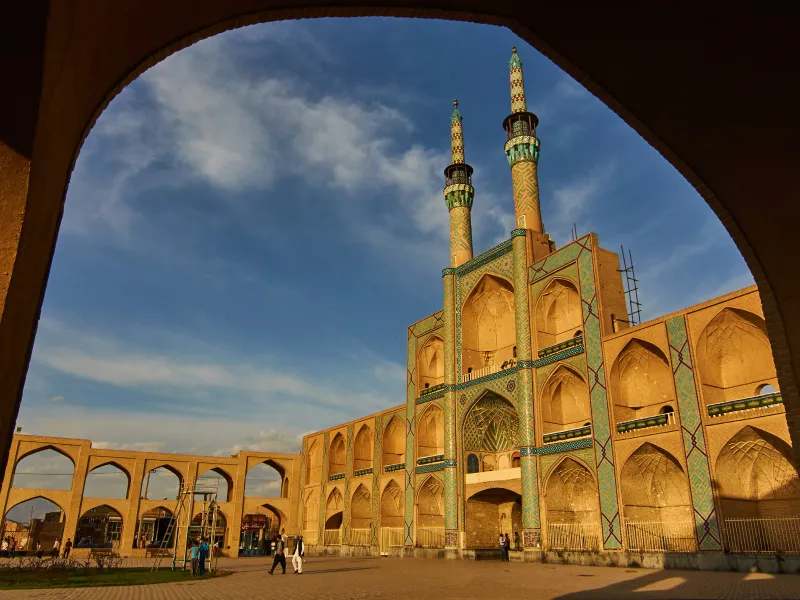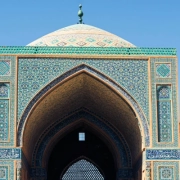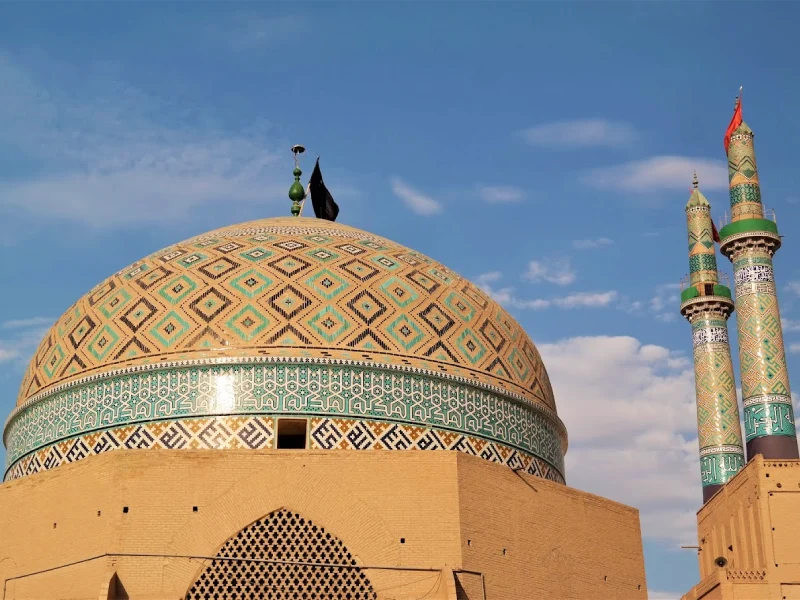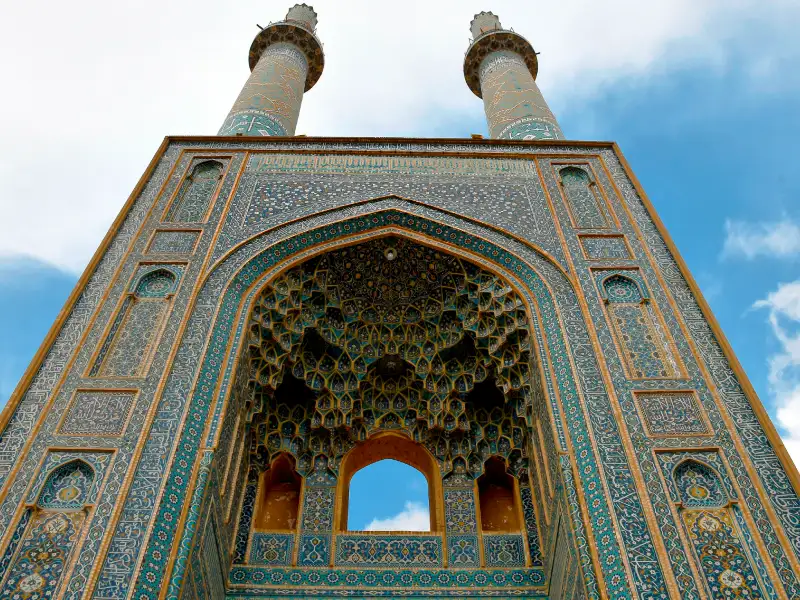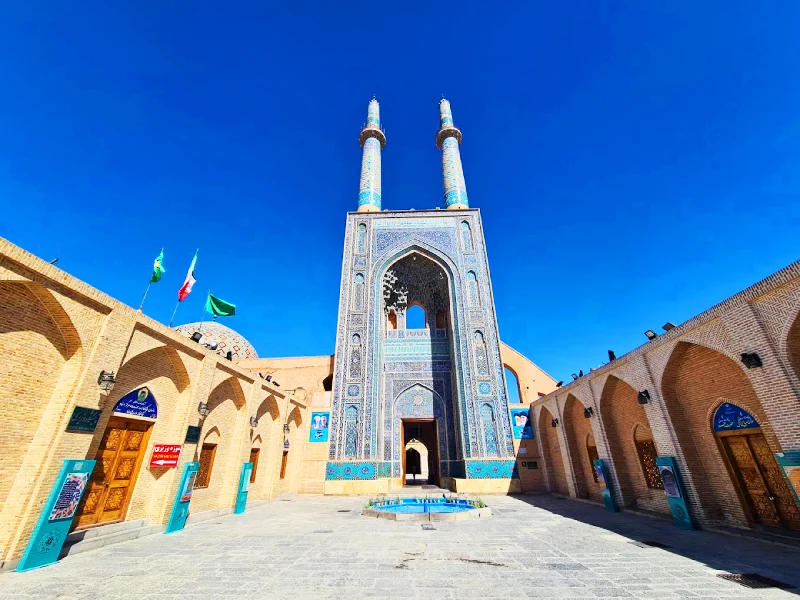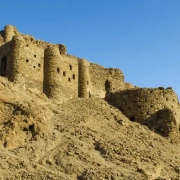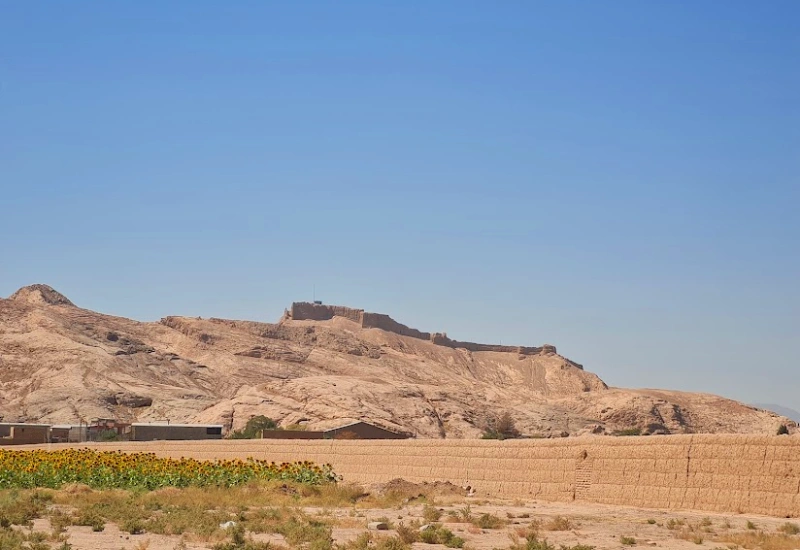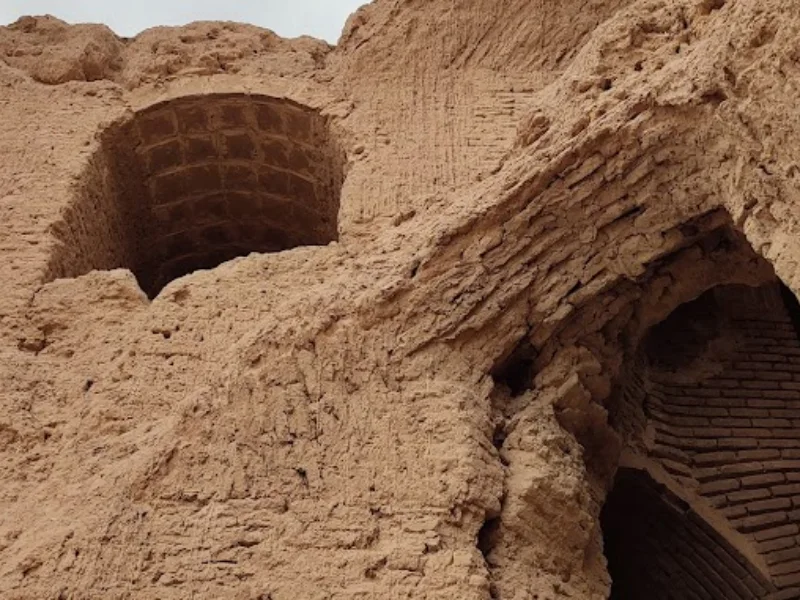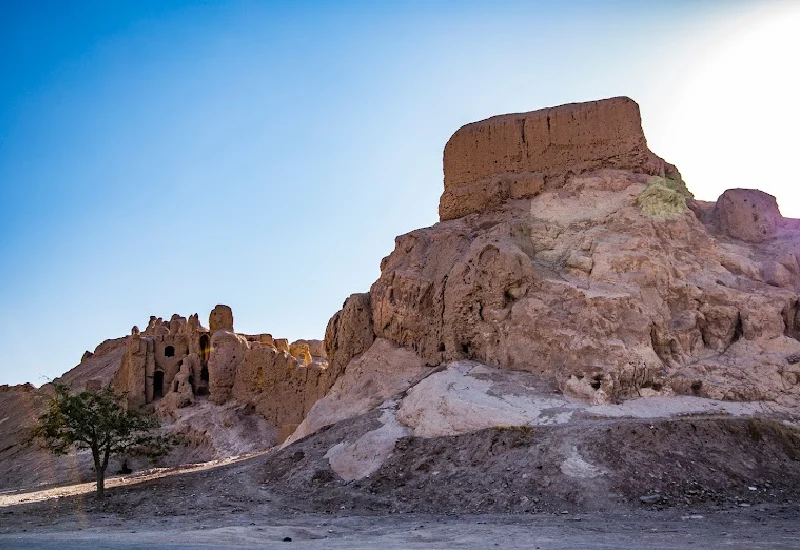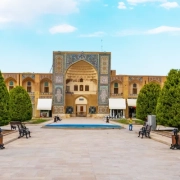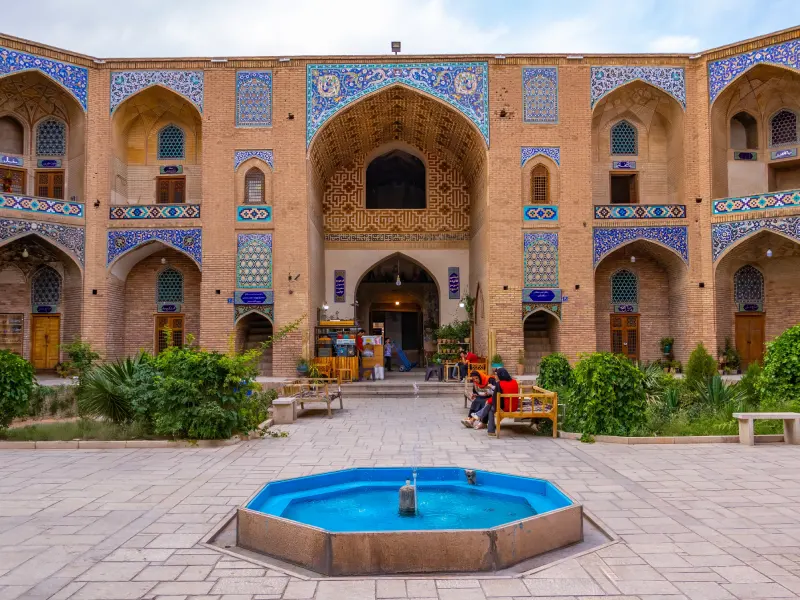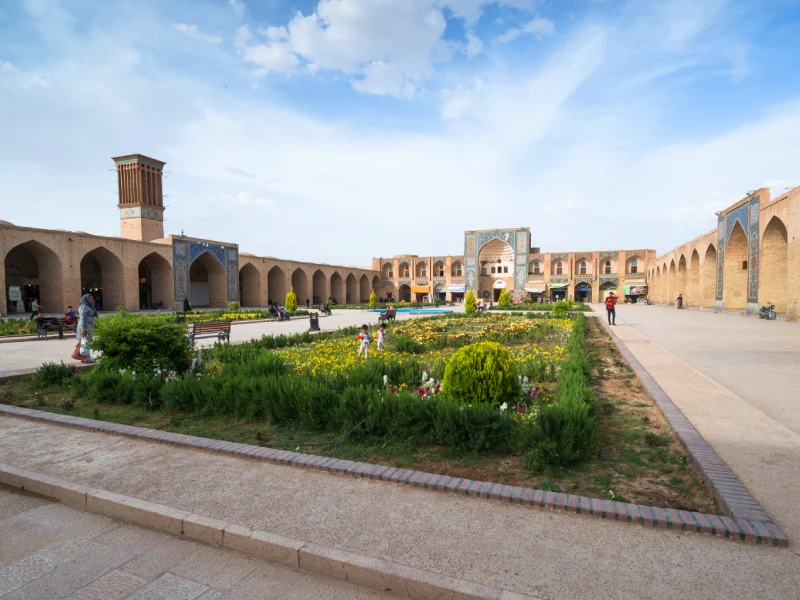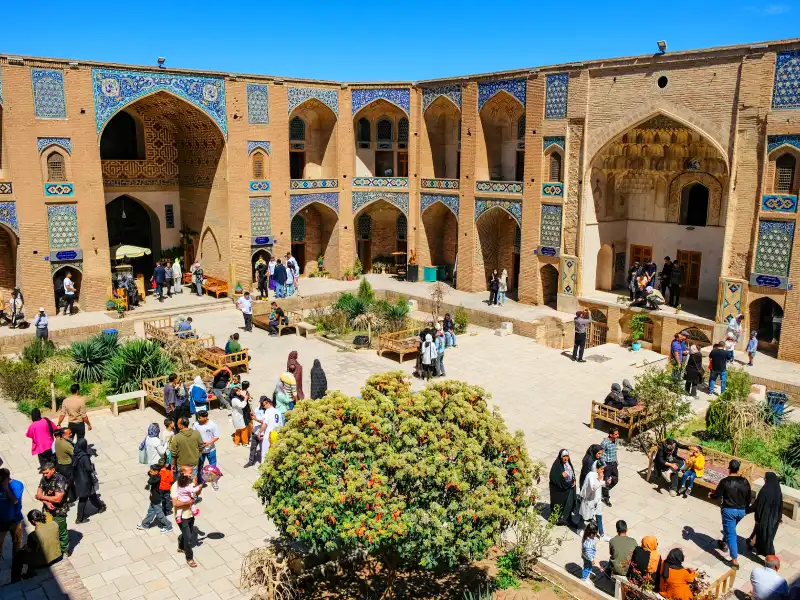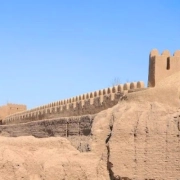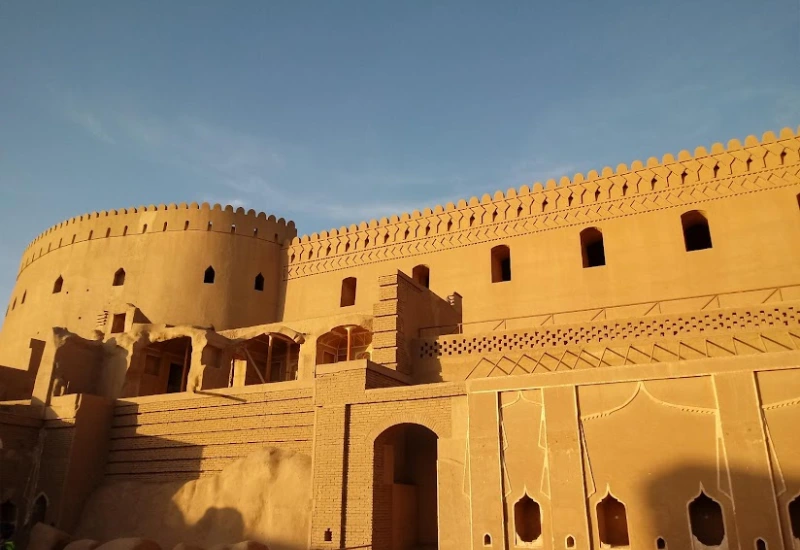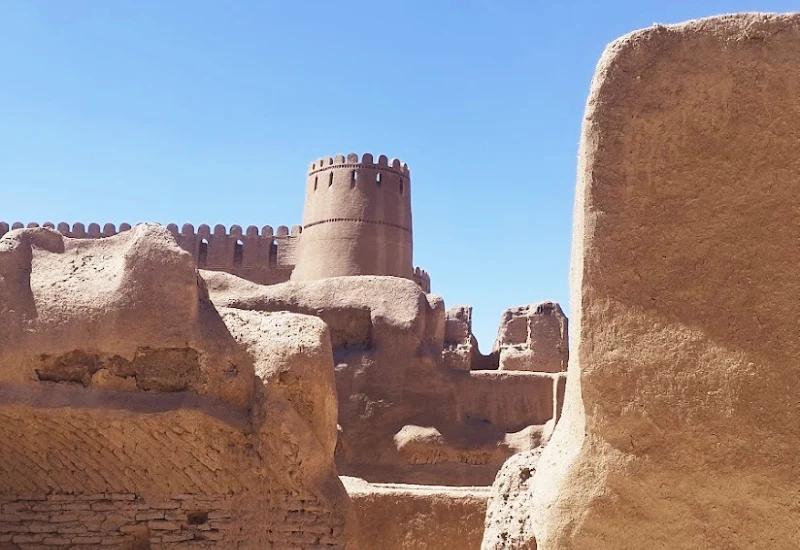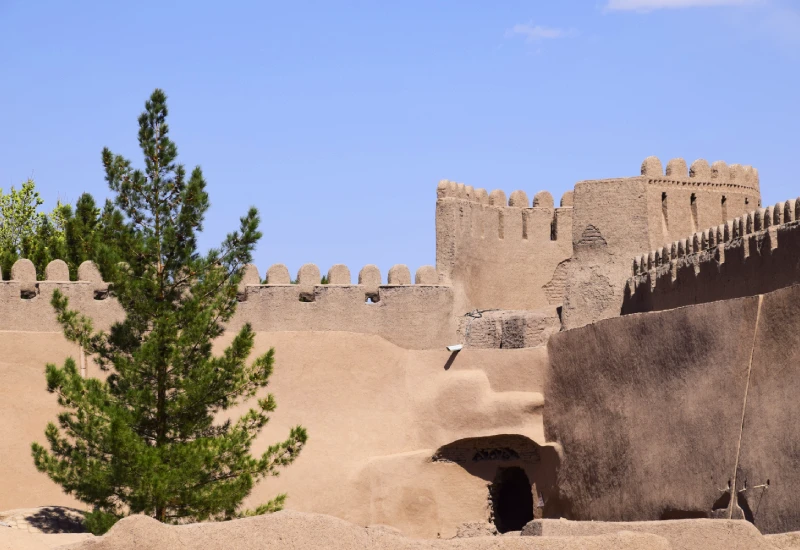All You Need to Know About Kerman Grand Bazaar
The Kerman Grand Bazaar, located in the heart of Kerman, Iran, is a historical marketplace celebrated for its architectural beauty and cultural significance. Stretching over a vast area, it is one of the oldest and longest bazaars in the Middle East. This iconic bazaar is a vibrant hub of trade and culture, attracting both locals and tourists. With its intricate design, lively atmosphere, and rich history, the bazaar serves as a perfect blend of tradition and commerce. Visitors to the Kerman Grand Bazaar often find themselves captivated by its unique charm. Let’s learn more about this grand bazaar, which is also one of the top things to do in Kerman.
The Grand Bazaar of Kerman
The bazaar is not just a place for shopping but also a living museum that showcases Kerman’s heritage. From traditional Persian carpets and handmade crafts to aromatic spices and dried fruits, the bazaar offers a diverse range of goods. Each section is dedicated to a specific trade, adding to its organized and dynamic appeal.
The bazaar is a treasure trove of experiences. Walking through its alleys, visitors can enjoy the delightful aroma of spices and the vibrant colors of local produce. The friendly shopkeepers, dressed in traditional attire, enhance the authenticity of the experience. Bargaining is a common practice, making shopping an interactive and enjoyable activity.
One of the bazaar’s most enchanting features is its sense of timelessness. Despite modern developments, the bazaar retains its historical essence. Its walls whisper tales of centuries-old trade and craftsmanship, making it a must-visit destination for history enthusiasts and travelers alike.
About Kerman Grand Bazaar
The Kerman Grand Bazaar is a symbol of Iran’s rich cultural and commercial heritage. Known locally as “Bazaar-e Bozorg,” it serves as a vital economic and social hub for the city of Kerman. The bazaar’s strategic location made it a crucial trading post on the ancient Silk Road, connecting the East and West.
Covering a significant area, the bazaar is characterized by its interconnected corridors and vaulted ceilings. These architectural features provide a comfortable environment, protecting traders and shoppers from the harsh desert climate. The market’s layout is highly systematic, with different sections catering to specific trades, from textiles and copperware to spices and sweets.
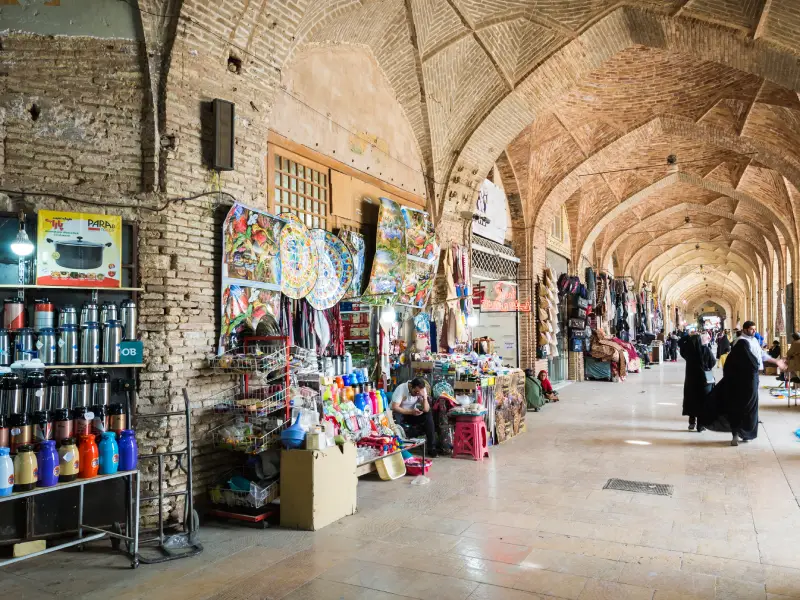
The bazaar’s significance goes beyond commerce. It acts as a community center where people gather to exchange ideas, socialize, and celebrate cultural events. The harmonious blend of business and culture highlights its role in sustaining the region’s traditions.
The bazaar also hosts various historic structures, including mosques, caravanserais, and bathhouses. These establishments reflect the bazaar’s historical importance and its role in providing travelers with essential services. For those interested in Persian culture and history, the Kerman Grand Bazaar offers a unique glimpse into the past.
Kerman Grand Bazaar History
The history of the Kerman Grand Bazaar dates back to the Safavid era, making it one of the oldest marketplaces in Iran. Built during a period of flourishing trade, the bazaar became a critical link on the Silk Road. It connected merchants from China, India, and the Mediterranean, fostering cultural and economic exchanges.
During the Qajar era, the bazaar underwent significant expansion. New sections were added, and existing ones were renovated to accommodate the growing number of traders and goods. The bazaar’s historical records reveal that it played a pivotal role in the city’s prosperity, attracting merchants from far and wide.
The bazaar has witnessed numerous historical events. It survived invasions, earthquakes, and political upheavals, standing as a testament to the resilience of Kerman’s people. Each stone and archway bears the mark of time, telling stories of the region’s vibrant past.
Today, the bazaar is a protected cultural site. Efforts are ongoing to preserve its architectural integrity and historical significance. Walking through its alleys feels like stepping back in time, offering visitors a rare opportunity to experience the grandeur of Persia’s trading legacy.
Kerman Grand Bazaar Architecture
The architecture of the Kerman Grand Bazaar is a masterpiece of Persian design. Its vaulted ceilings, brickwork, and intricate tile patterns showcase the ingenuity of ancient Iranian architects. These features not only enhance the bazaar’s aesthetic appeal but also serve practical purposes, such as maintaining a cool temperature in the desert heat.
The bazaar’s layout is designed to optimize functionality. Long corridors and interconnected sections ensure a smooth flow of traffic for both shoppers and traders. The use of natural light through skylights adds to the ambiance, creating a welcoming environment.
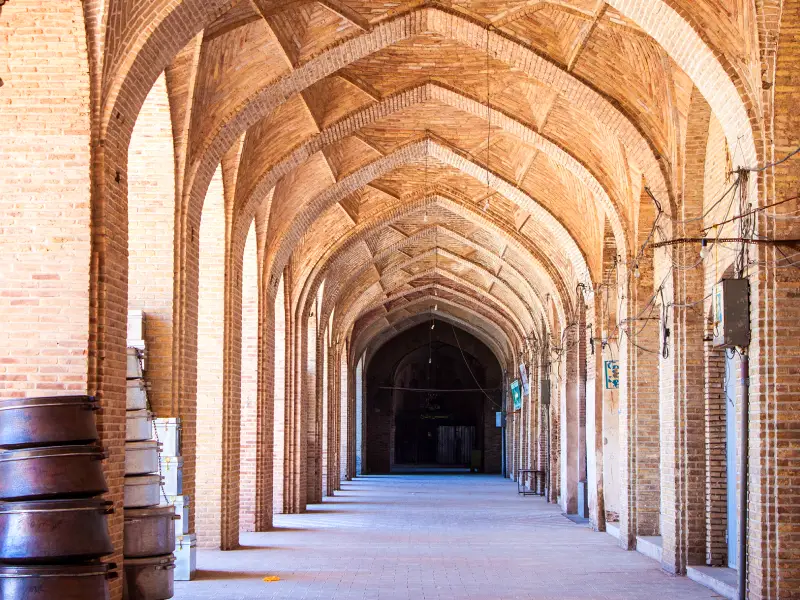
Notable architectural highlights include the Ganjali Khan Complex, which is part of the bazaar. This complex features a beautifully designed mosque, bathhouse, and caravanserai, each adorned with exquisite decorations. The attention to detail in these structures reflects the artistic and cultural richness of the era.
Renovation projects have been undertaken to preserve the bazaar’s architectural splendor. These efforts ensure that future generations can continue to admire its beauty and learn about its historical significance. The Kerman Grand Bazaar stands as a testament to the enduring legacy of Persian craftsmanship.
Kerman Grand Bazaar Location
The Kerman Grand Bazaar is conveniently located in the city center, making it easily accessible for locals and tourists. Situated near major landmarks such as the Ganjali Khan Complex, the bazaar is a prominent feature of Kerman’s urban landscape. Its central location has historically contributed to its importance as a trading hub.
Visitors can reach the bazaar by various modes of transportation, including buses, taxis, and private vehicles. Ample parking facilities are available nearby, ensuring a hassle-free experience for those driving to the site. For international travelers, Kerman’s airport provides convenient access to the city.
The bazaar’s location also makes it a gateway to exploring other attractions in Kerman. Nearby sites such as the Shahdad Desert and the Lut Desert can be included in an extended itinerary. This makes the bazaar an ideal starting point for discovering the region’s natural and cultural wonders.
The surrounding area is dotted with restaurants, cafes, and hotels, catering to the needs of visitors. These amenities, combined with the bazaar’s central location, make it a perfect destination for a day of shopping, sightseeing, and relaxation.
Kerman Grand Bazaar Reviews
The Kerman Grand Bazaar has garnered rave reviews from visitors worldwide. Travelers often praise its vibrant atmosphere, diverse offerings, and historical charm. Many highlight the bazaar as a must-visit destination in Kerman, citing its unique ability to blend tradition with modernity.
Visitors frequently mention the warm hospitality of the shopkeepers. Their willingness to share stories about their crafts and the bazaar’s history adds a personal touch to the experience. For many, interacting with these artisans becomes a cherished memory.
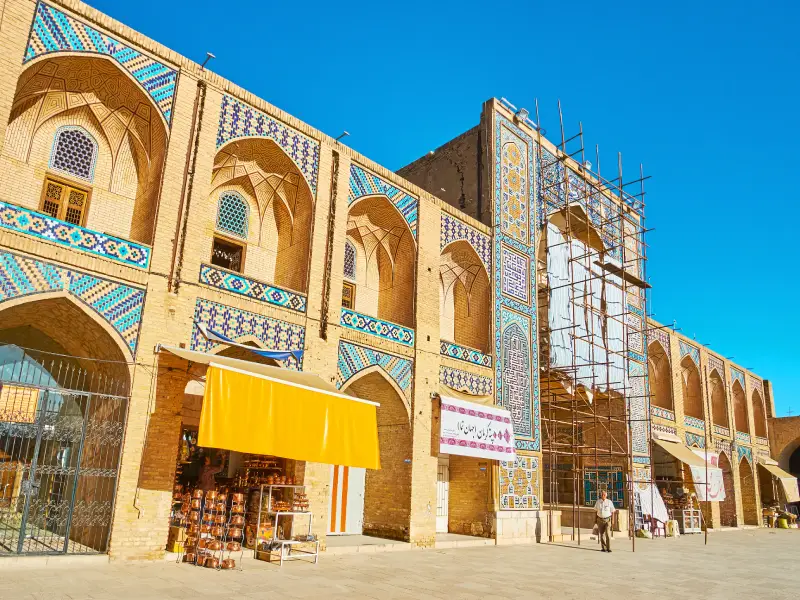
The bazaar’s architectural beauty is another aspect that earns high praise. Tourists are often amazed by the intricate designs and well-preserved structures. Photography enthusiasts find the bazaar a paradise for capturing stunning shots of its vibrant colors and timeless architecture.
However, some reviews suggest that the bazaar can get crowded during peak hours. Visitors are advised to plan their trips accordingly to fully enjoy the experience. Despite this, the overwhelming consensus is that the Kerman Grand Bazaar is a treasure worth exploring.
Kerman Grand Bazaar Things to Do
Exploring the Kerman Grand Bazaar offers a plethora of activities for visitors. Shopping is, of course, a primary attraction. From exquisite Persian carpets and copperware to traditional jewelry and spices, the bazaar is a paradise for those seeking unique souvenirs.
Food enthusiasts can indulge in the local cuisine available at the bazaar. Traditional sweets such as Kolompeh and fresh dates are among the must-try items. The nearby tea houses offer a relaxing break, allowing visitors to savor authentic Persian tea while soaking in the bazaar’s ambiance.
For history buffs, the Ganjali Khan Complex within the bazaar is a highlight. Guided tours provide fascinating insights into its historical and architectural significance. Visitors can also explore the traditional bathhouse, which offers a glimpse into the lifestyle of bygone eras.
Cultural events and festivals held at the bazaar add another layer of excitement. These events often include live music, traditional dance performances, and craft workshops. Participating in these activities provides a deeper appreciation of Kerman’s rich heritage.
Kerman Grand Bazaar Photos
Photography enthusiasts will find endless opportunities to capture stunning visuals at the Kerman Grand Bazaar. The vibrant colors of spices, the intricate patterns of Persian carpets, and the dynamic street scenes provide a feast for the eyes. Each corner of the bazaar offers a unique perspective, making it a photographer’s delight.
The architectural details, such as the vaulted ceilings and ornate tile work, make for striking compositions. Early morning or late afternoon visits are ideal for capturing the soft, natural light that enhances the bazaar’s beauty.
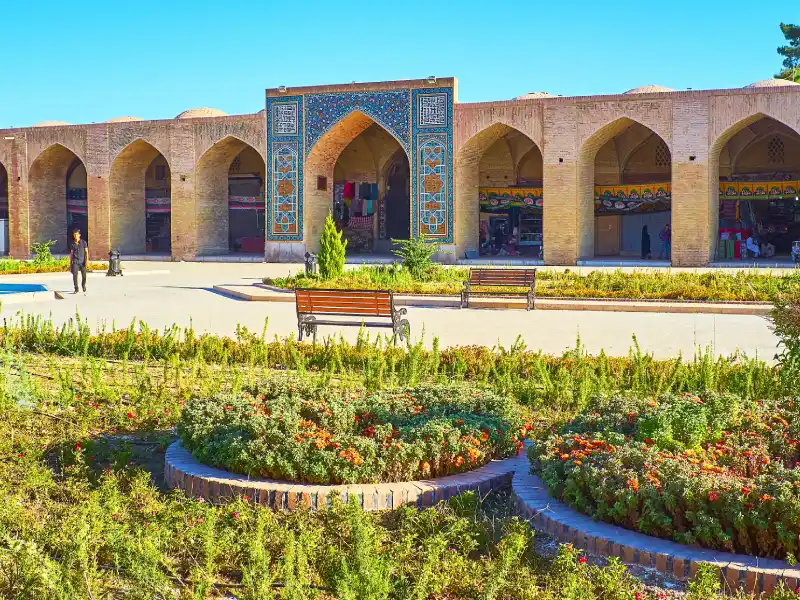
Visitors are encouraged to respect the privacy of shopkeepers and locals while taking photographs. Engaging with them can lead to discovering hidden gems and unique photo opportunities. Many traders are happy to showcase their crafts and explain the stories behind their products.
Sharing photos of the bazaar on social media is a great way to inspire others to visit. The Kerman Grand Bazaar’s timeless charm resonates with people worldwide, making it a popular subject for travel photography.
Last Words
The Kerman Grand Bazaar is more than just a marketplace; it is a living testament to Iran’s rich history and cultural diversity. Its blend of commerce, architecture, and tradition creates an unforgettable experience for all who visit. Whether you are a history enthusiast, a shopaholic, or simply a curious traveler, the bazaar has something to offer.
Preserving the bazaar’s heritage is crucial for future generations. Efforts to maintain its architectural integrity and promote sustainable tourism are essential. Visiting the bazaar not only supports local artisans but also helps preserve a vital part of Persian culture.
From its bustling corridors to its serene corners, the Kerman Grand Bazaar offers a journey through time. It is a place where history meets modernity, and every visit unveils a new story. For those planning a trip to Iran, including the Kerman Grand Bazaar in your itinerary is a decision you won’t regret.
In the end, the Kerman Grand Bazaar is a celebration of life, culture, and craftsmanship. Its timeless appeal continues to draw visitors, ensuring that its legacy lives on for generations to come.
Are you planning to travel to Iran and looking for an Iran resort? Consider Matinabad Eco-resort.
